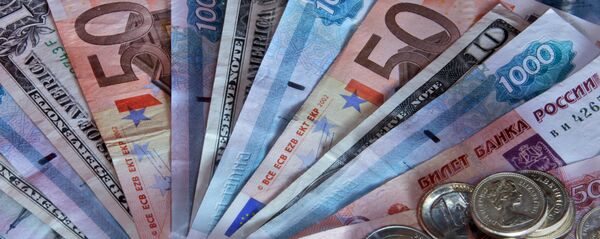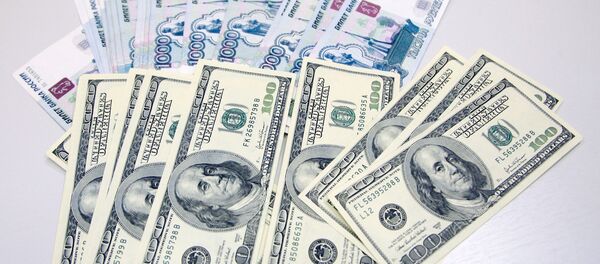"This decision is aimed at limiting substantially increased ruble depreciation risks and inflation risks," the Central Bank said in a statement posted on its website.
The announcement led to a jump in the value of the ruble on Tuesday morning on the Moscow Exchange. At 10.26 the dollar was trading at 61.47 rubles, down 2.97 cents, while the Euro was 76.50 rubles, down 2.23 cents.
The figures represent a strengthening of the currency after Monday's fall, when the dollar rose above the 60 ruble mark for the first time. At close on Monday on the Moscow Exchange the US dollar was 64.45 rubles, up 6.27 rubles, while the euro was valued at 78.87, up 6.59 rubles.
However, the President of the Russian Bank Association Garegin Tosunyan said that he disagreed with the decision: "Any raise in interest rates negatively influences the economic situation and thereafter the currency exchange rate," he told a Moscow radio station.
Russian Presidential spokesman Dmitry Peskov said that the Kremlin will make no comments on the decision. “Key rates are more of a government issue, we don’t comment on that in the Kremlin. The Central Bank is independent from us,” Peskov told Kommersant FM radio station.
In the recent months, ruble lost over 45 percent of its value against the dollar amid a steady decline in oil prices. Brent crude oil cost around $100 per barrel in September, but its price currently hovers just above $60 per barrel. Exports of crude make up a significant portion of the Russian budget's revenues.
Economic sanctions imposed by the West on Russia over its alleged involvement in the Ukrainian crisis and currency speculation have been cited among other reasons for the ruble's fall in value.




